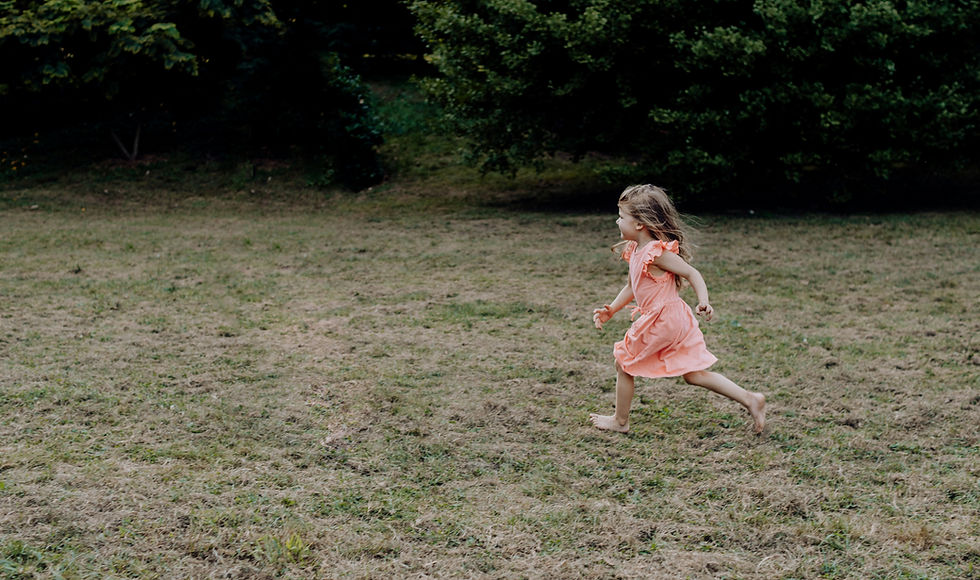When Your Child Flips Their Lid: How to Understand and Support Big Reactions
- The Grove Psychology Practice

- Aug 31
- 2 min read
Updated: Sep 19
It can be really hard when your child suddenly explodes with anger, falls into tears, runs off, or shuts down. You might feel confused, helpless, or even ashamed, wondering:
Why are they reacting like this?
Is it something I did?
How do I help them calm down?
The truth is, every child has moments when their emotions spill over. In those moments, they’re not trying to be difficult—they’re overwhelmed. Their brain has “flipped its lid,” and they need help to come back to safety.
What does Flipping The Lid means?
Children’s brains are still developing. The part that helps with impulse control, problem-solving, and calming down can temporarily go offline when emotions surge. In those moments, the survival brain takes over—showing up as yelling, running away, freezing, zoning out, or saying hurtful things they don’t mean. These aren’t signs of bad behaviour, but of a nervous system in overwhelm.
Dr. Dan Siegel’s hand model of the brain offers a simple way to picture this. The fingers represent the “thinking brain,” which helps with problem-solving and calming down. The thumb represents the “survival brain,” which senses danger. When emotions become too big, the fingers lift—the “lid” flips—and the survival brain takes over until calm returns.

Why It Happens
Lid-flipping can be triggered by tiredness, change, conflict, or the build-up of small stressors. What seems minor to us—like the wrong colour plate—can feel enormous to a child whose system is already stretched. For kids with trauma histories, sensory sensitivities, neurodivergence, or big feelings, the threshold for overwhelm may be lower.
What Children Need Most
When a child is overwhelmed, they can’t access logic or consequences. What they need first is safety—the sense that someone is with them, not against them. Boundaries still matter, but connection comes first.
Ways to help include:
Check your own state: take a breath before stepping in.
Remember the brain: this isn’t “naughty” behaviour, it’s survival mode.
Be the floor, not the fire: use a low tone, get to their level, offer calm words, or give space while staying close.
Offer co-regulation: sit quietly nearby, use a gentle voice, invite slow breaths, or hold boundaries with warmth (“I won’t let you hurt me, but I’m not going away”).
After the Storm
Once your child is calm, you can reflect together: “That was really hard. Your body was telling you something felt too big. Let’s talk about it now that it’s passed.” Repair matters more than quick teaching—take it slowly.
Caring for Yourself
Supporting a child through big emotions is powerful but exhausting. You won’t get it right every time, and you don’t need to. What matters most is coming back—showing your child that even when things get messy, you return, reconnect, and repair.



